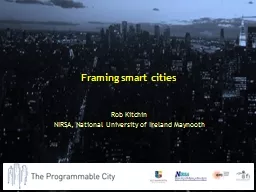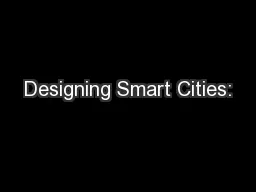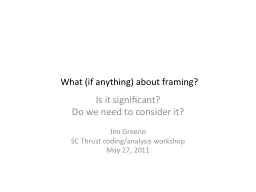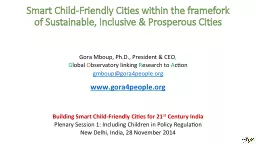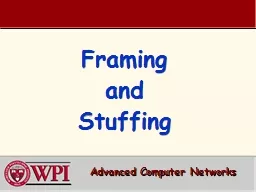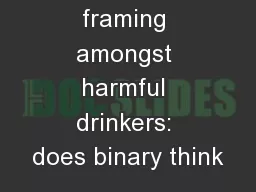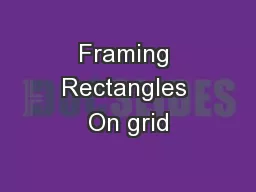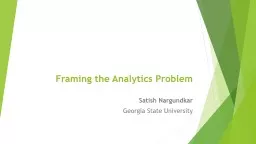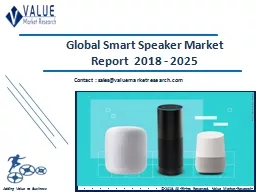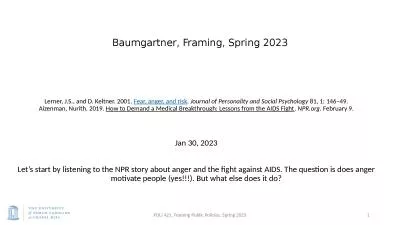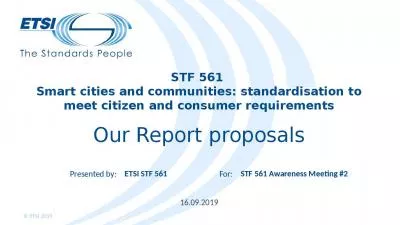PPT-Framing smart cities
Author : stefany-barnette | Published Date : 2016-10-29
Rob Kitchin NIRSA National University of Ireland Maynooth Smart cities Lots of definitions of smart cities Generally encompass three dynamics Instrumentation and
Presentation Embed Code
Download Presentation
Download Presentation The PPT/PDF document "Framing smart cities" is the property of its rightful owner. Permission is granted to download and print the materials on this website for personal, non-commercial use only, and to display it on your personal computer provided you do not modify the materials and that you retain all copyright notices contained in the materials. By downloading content from our website, you accept the terms of this agreement.
Framing smart cities: Transcript
Download Rules Of Document
"Framing smart cities"The content belongs to its owner. You may download and print it for personal use, without modification, and keep all copyright notices. By downloading, you agree to these terms.
Related Documents

